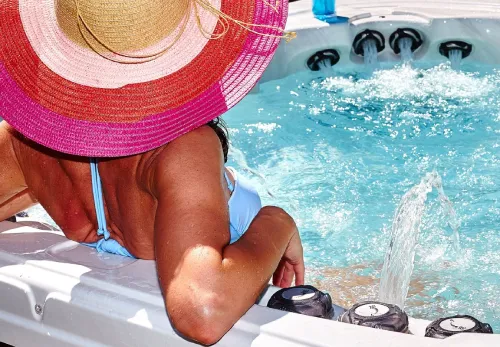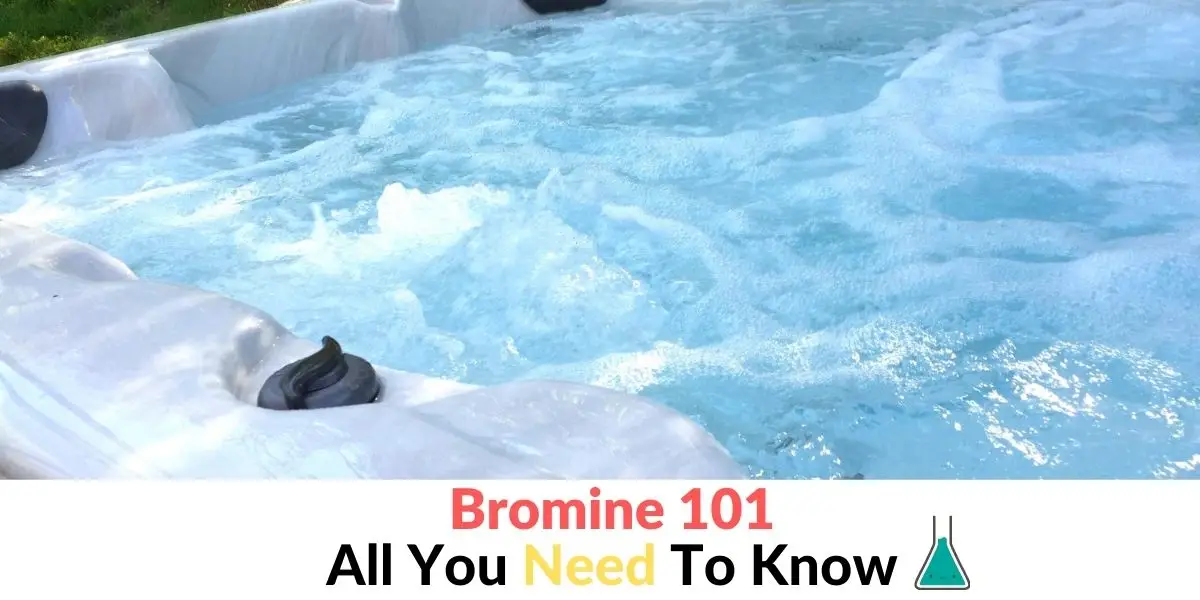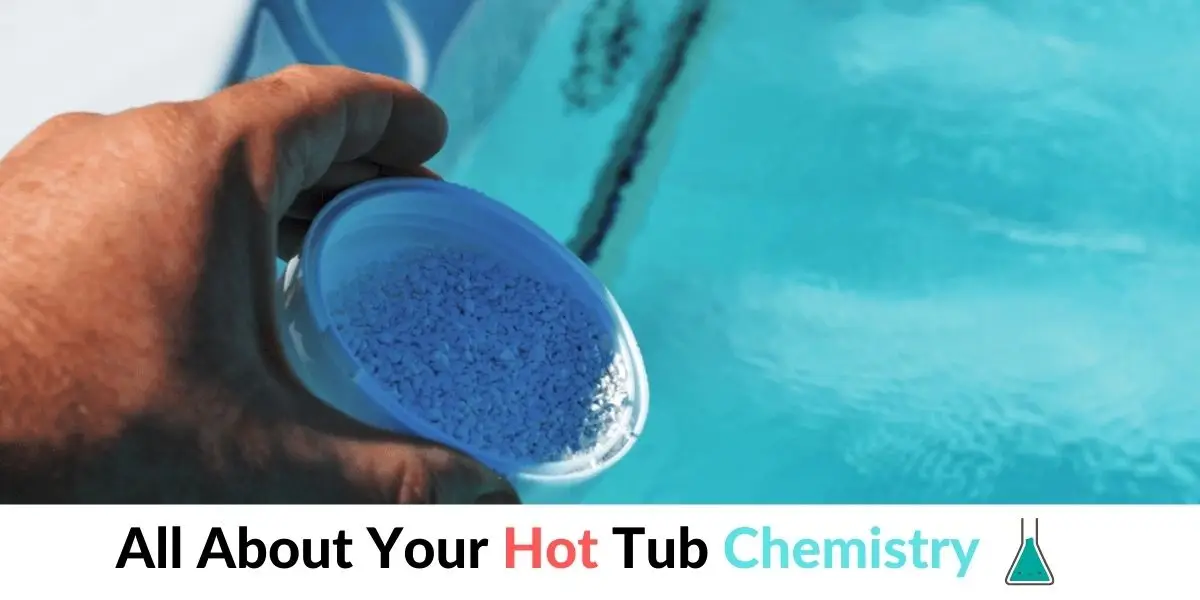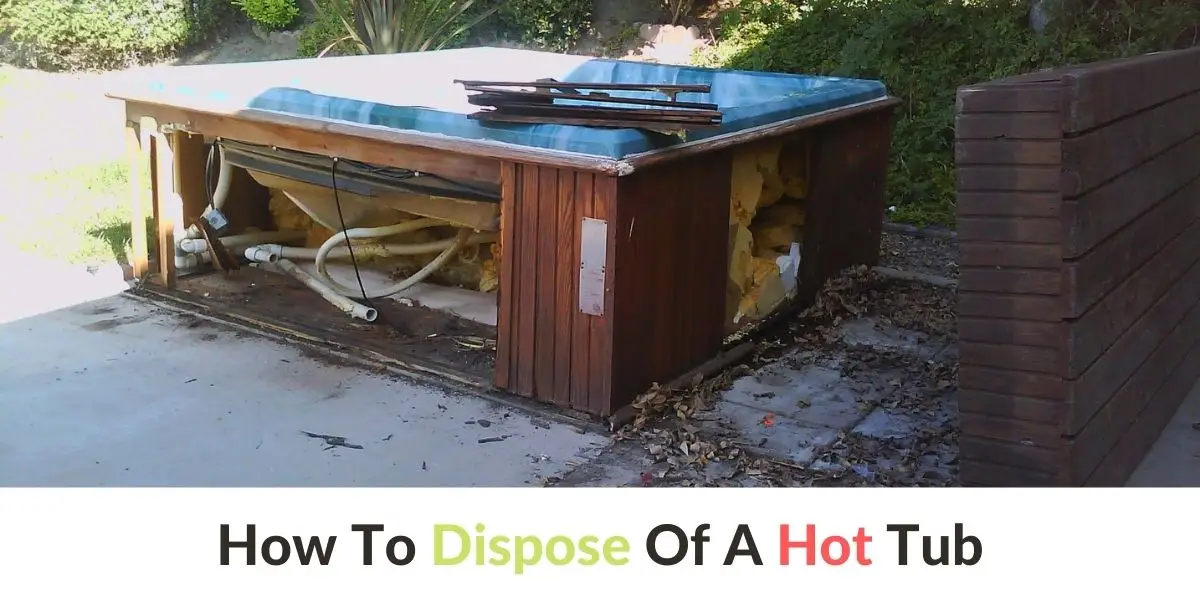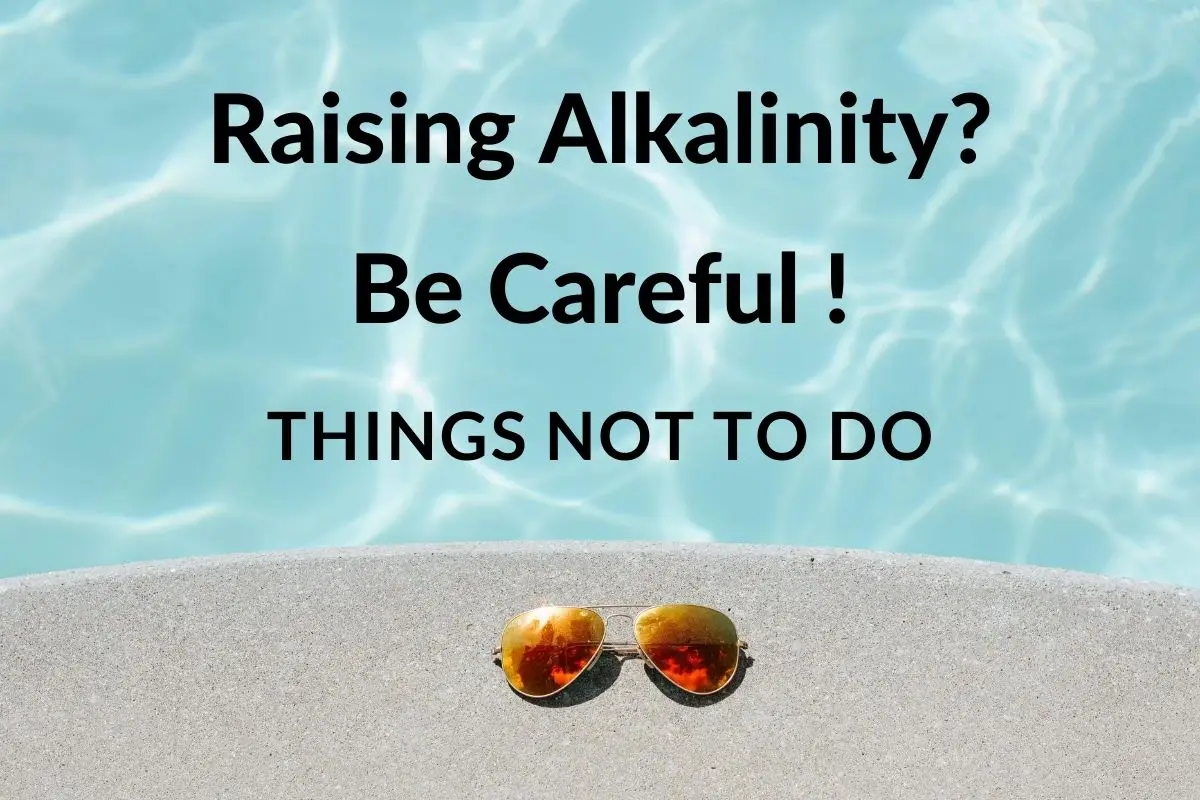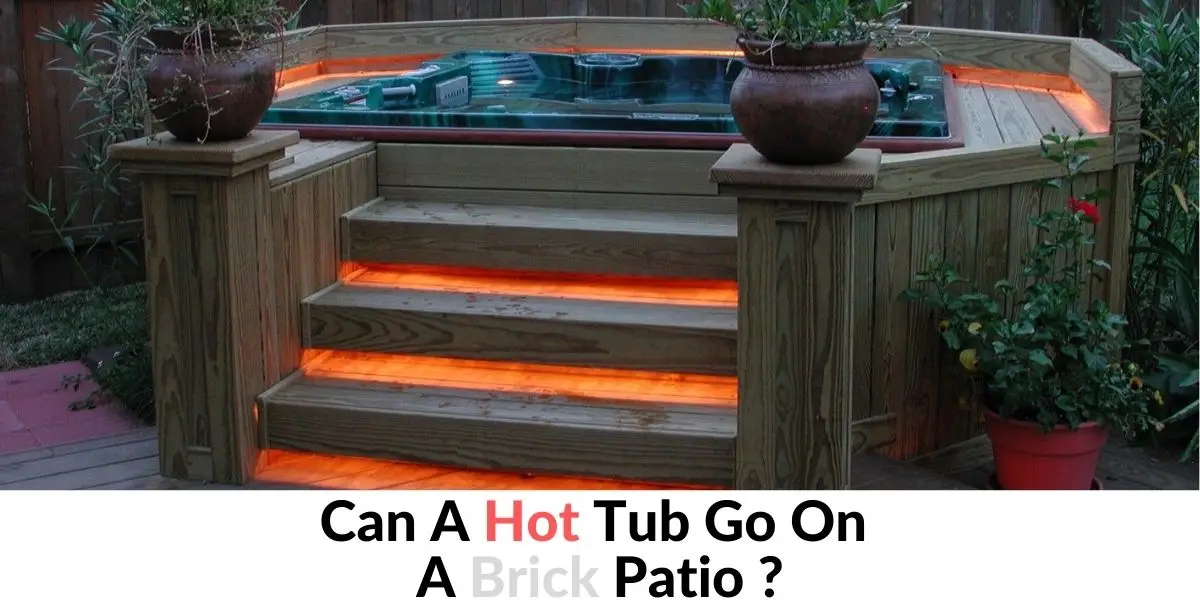How Do You Keep A Hot Tub Warm In The Winter?
Having a hot tub in summer is a delightful experience, but soaking in hot water while there is an icy landscape and snowflakes falling all around you, is divine. So you might be thinking about how to keep your hot tub warm in the winter. Here is how.
First and foremost, a good quality, well-insulated cover is a must. Since most of the heat is escaping through the hot tub surface, a cover will keep the heat inside and keep your energy costs at a minimum. Moreover, a quality cover might maintain water temperature even for a couple of days should there be a power loss.
As an addition to the cover, a good investment would be a thermal blanket. This blanket goes directly to the surface just below the cover and will help retain heat even better.
Also, keep your water heated at a set temperature and enable regular circulation. If the heated water is flowing through the plumbing, it should prevent them from freezing.
However, you might want to consider protecting the hot tub from cold wind using a privacy screen. The privacy screen helps shield your hot tub from bad weather and can serve as a windbreaker. Both a thermal blanket, which reduces heat loss and protects your cover from chemical evaporations and water absorptions, and a privacy screen can be purchased for a reasonable price on Amazon.com.
Furthermore, turn the jets off, especially if you are not using the hot tub because they blow cool air into the water, thus lowering the water temperature.
You should also add extra insulation to the cabinet. The heat from the pump will be diverted back to the hot tub, additionally warming up the water.
Many hot tubs, if not all, are equipped with the “no freeze” mode. If you turn this feature on, it will keep the water heated and prevent equipment from freezing.
It is vital to regularly check the temperature and keep your hot tub warm to avoid freezing. Otherwise, you will spend half of the next season fixing damages or replacing the hot tub parts.
How Quickly do Hot Tubs Lose Heat?
Typically, a hot tub temperature will drop around one degree during a half-hour usage. This estimation refers to a 300-gallon hot tub that is being used during summer.
However, how quickly a hot tub loses its temperature largely depends on the size of the surface area. If the area is larger, the water will evaporate more, and the temperature will drop faster. Moreover, having the jets running will quicken the cool-down rate. Also, if your hot tub is situated in a windy area, the temperature will go down at a faster pace. For example, using a hot tub at around 32°F with 20mph winds will make the temperature from 102°F go down to 101°F within a couple of minutes.
On the other hand, during 24 hours, a well-insulated hot tub usually loses four to eight degrees if not used. Therefore it is crucial to have a good quality cover that is sealed tight because, as I previously stated, most of the hot tub water heat is lost through the surface.
How Much Heat does your Tub Lose in Cold Weather?
If a hot tub has good insulation, a quality-powered heater and is sheltered from the weather, the heat loss is approximately one to two degrees if the tub is used for 15 to 20 minutes in cold weather.
Nevertheless, if the current temperature drops below the set temperature, the heater turns on immediately and before you come out of the water compensates for the lost degree.
However, how much a hot tub loses heat depends on whether you use blowers or how often you turn on the jets. Blowers and jets make the heat evaporation even faster because they introduce cool air to the water and expose more heat to the surface. Moreover, the larger the hot tub surface, the more heat will escape in a shorter time. Additionally, how much the hot tub will lose heat also depends on the heater. If the heater is stronger, it will recover faster from the heat loss; otherwise, a weaker heater will hardly keep up with the heat loss.
Bear in mind to keep your hot tub set at a higher temperature if not used for a while. Having your hot tub at a higher temperature will help it keep its heat longer in case of power loss. For example, if the outside temperatures are around zero, without electricity, a well-insulated hot tub would only drop from 102°F to 80°F in four days. Of course, to keep the hot tub warm, a good, quality cover is a must.
How does a Hot Tub not Freeze in Winter?
Keeping your hot tub water in motion and maintaining its temperature throughout the winter season will prevent your hot tub from freezing. Some hot tubs, if not all, have a “freeze protection” mode that allows the pump to operate to keep the water circulating when the outside temperature drops to near freezing point. Insufficient water circulation risks freezing the pipes, which will cause them to burst, causing severe damage to the hot tub and equipment.
Of course, you can always empty the hot tub and leave it to stay like that till spring if you are not a fan of winter soaking, but be sure to winterize it properly and empty all residual water in the pipes to avoid damage to freezing.
On the other hand, if you do decide to keep your hot tub running, there are a couple of things that you should practice. First, you should invest in a good, quality cover that will keep your hot tub well insulated on the surface to prevent heat evaporation and keep your costs at a minimum if the hot tub is not in use. As a plus, an excellent addition to the cover would be a floating thermal blanket that will keep even more heat inside the hot tub protecting the cover from damage at the same time.
It would be best to consider adding some extra insulation to the cabinet to keep your pump protected and transfer any additional heat from the equipment to the hot tub inside. Additionally, investing in a submersible pump would be helpful in case something happens to your pumps, and they are not operable. Finally, a submersible pump would keep your water in motion, thus preventing it from freezing.
Moreover, it is highly possible for a power outage during the winter months, so you should plan ahead in such a case. For example, you could install a battery or a solar back up on the pump to keep the water in motion. Anyway, a well-insulated hot tub with a tight-sealed cover should stay above freezing for a couple of days until the power is back on.
Does a Hot Tub Run All Winter?
Hot tubs are designed to keep running all year long. Many hot tub owners even prefer to use the hot tub during the winter because of the exceptional experience and charm that comes with the icy landscape and the special effects of the steam that evaporates.
However, if you have been using your hot tub quite often during the summer, it would be best to change the water and clean the hot tub before the air temperature drops to near the freezing point. Of course, it is possible to do so in the middle of the winter, but it is much easier to drain and refill the tub earlier. At the same time, it is still warm outside, and you do not have to worry about water temperature until the heater comes on nor about pipes freezing if it is frigid outside.
If there is a heavy snow forecast, have a broom or a brush on hand to clear the snow from the cover because the snow could cause the cover to collapse in the middle raising the edges, thus allowing the heat to escape through lacuna.
Having a hot tub running in winter might cost you a little more than in summer because you will need more energy to maintain the water temperature. Nevertheless, if your hot tub is well insulated and you have a thick cover of good quality, these costs are just a tad higher and are negligible to the experience you are having.
Is it OK to Leave a Hot Tub Empty in the Winter?
A thoroughly winterized hot tub is capable of sitting outside empty without the threat of being frozen during the winter season. The winterization of a hot tub should be performed before the outside temperature drops near the freezing point to avoid residual water in the pipes freezing. Also, to prevent bacteria lingering in the plumbing in a dormant state, ensure that the water is clean and sanitized before you drain it. Moreover, winterizing a hot tub is ideal for cleaning the entire hot tub, including the shell, filters, and plumbing. A clean hot tub will make your refilling quicker in the spring, and you will not have to waste precious time getting rid of debris and other contaminants.
Proper winterization of the hot tub implies the following:
- Turn off the power to the hot tub.
- Remove the filters, clean them and store them in a dry place (if the filters are in good condition, you can use them the next time you are about to use a hot tub; if not, you can replace them).
- Thoroughly drain the hot tub while the weather is still warm.
- Loosen all pump and heater unions to drain the water from all lines
- To ensure all water has been removed from the blowers and jets, open the valves and use a shop vac to remove all remaining water.
- If possible, store the power pack (the pump and heater) in a dry place.
- Dry and clean the hot tub shell.
- Protect the hot tub from debris entering by putting a sealed cover; and secure the cover.
- Secure the equipment hatch door from rodents entering.
- If your hot tub has a wooden cabinet, treat the wood with a waterproof sealer to prevent moisture.
Now your hot tub should be secure from freezing and protected from the elements.


